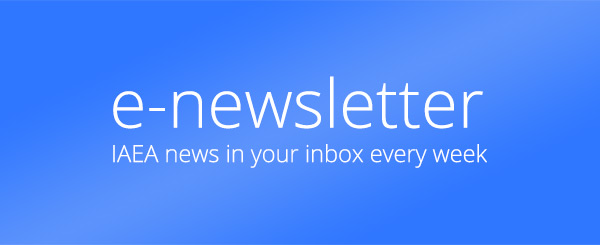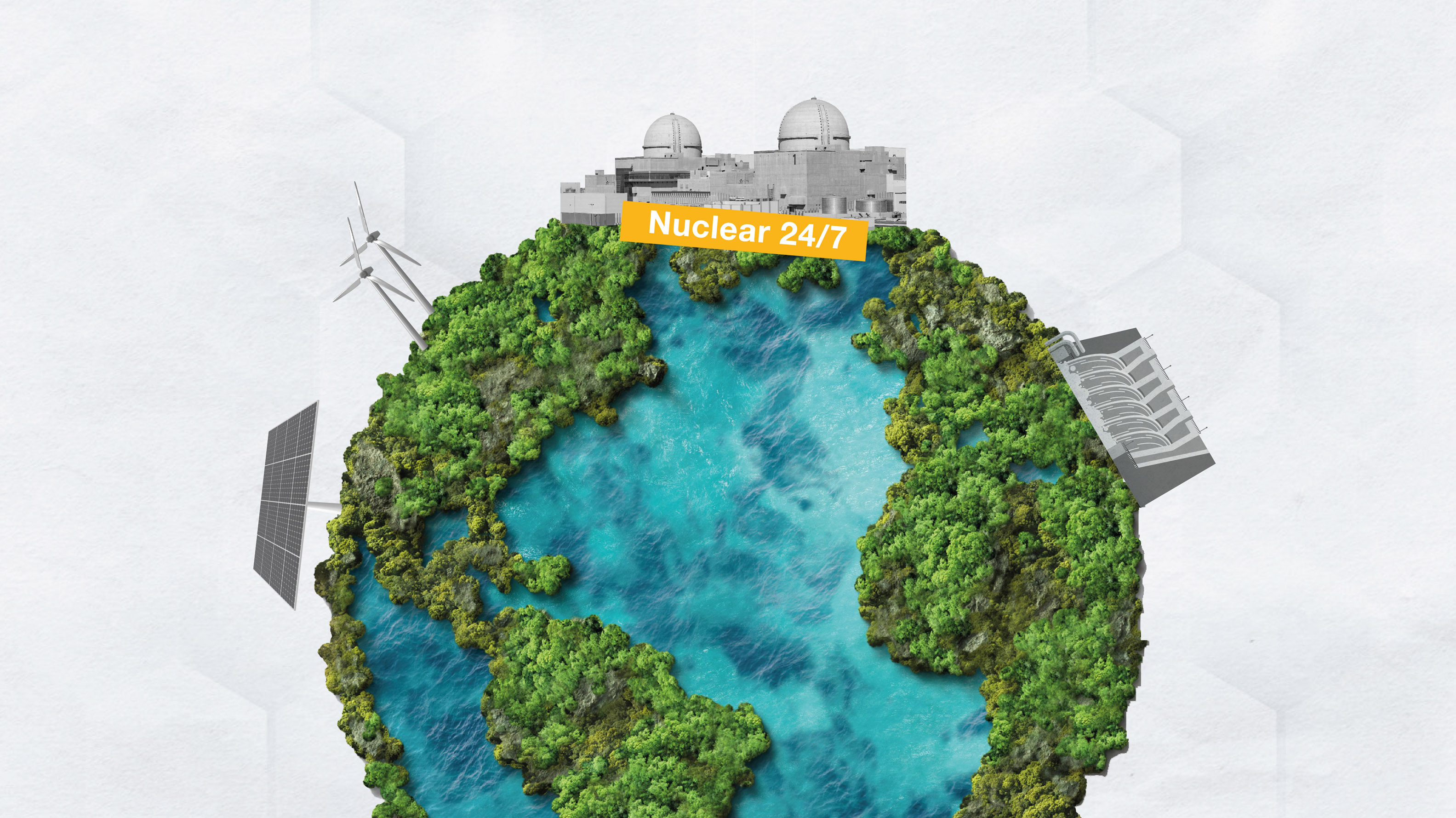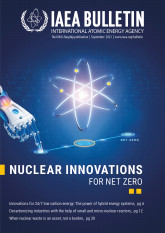Innovations in the nuclear industry will be critical for harnessing the full potential of nuclear power towards net zero goals. Novel reactor designs are entering the scene along with new modular manufacturing methods, all of which provide opportunities and challenges for deployment. The IAEA’s Nuclear Harmonization and Standardization Initiative is finding common ground among regulators, designers, operators and other stakeholders to support the safe and secure deployment of these advanced reactors, including small modular reactors.
However, the prospects for nuclear power depend not only on innovations in reactor technologies but also in manufacturing processes, the security of fuel supply, spent fuel solutions and other factors. There are already examples of how innovations, such as artificial intelligence and additive manufacturing, are paving the way for safe and sustainable solutions that could support cost savings and improve the economics of operating nuclear power plants.
While wind and solar are variable energy sources that depend on the weather and time of day, nuclear power plants are dispatchable sources of energy — they can adjust their output according to electricity demand. The potential for hybrid energy systems that unite nuclear and renewable power sources address the need for both grid flexibility and emission reduction, while optimizing financial resources. Additionally, the expanded use of nuclear power for non-electric applications, including district heating, hydrogen production, desalination and heat for industrial processes, offers options to reduce emissions.










